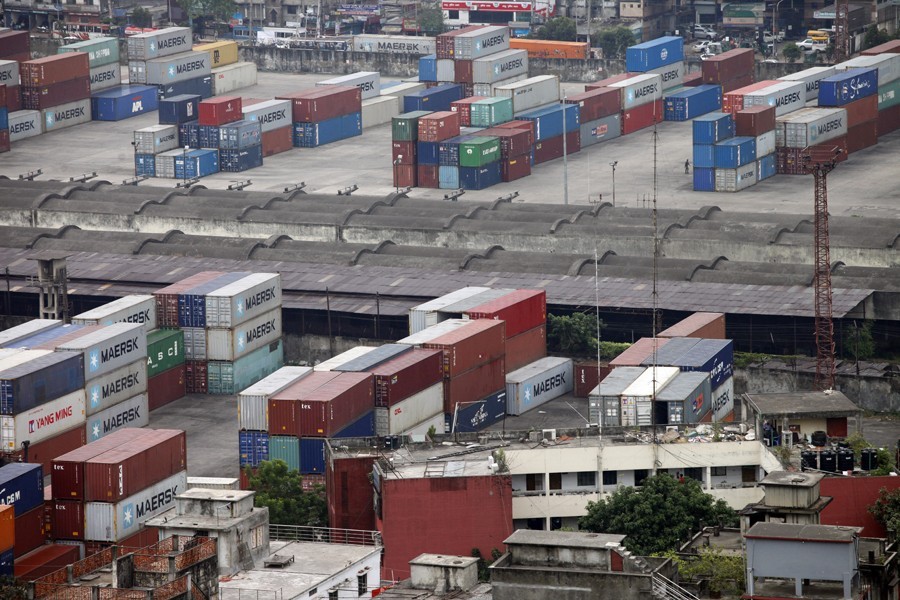Sri Lanka's economic woes standing as a global concern, Bangladesh government's high-ups are sitting today for a stocktaking of its own macroeconomic scenario and foreign-debt position, officials said.
Finance Minister AHM Mustafa Kamal is likely to brief Prime Minister Sheikh Hasina today (Tuesday) about the current macroeconomic situation of Bangladesh, they said Monday.
Finance Division secretary Abdur Rouf Talukder, Economic Relations Division (ERD) secretary Fatima Yasmin and National Board of Revenue (NBR) chairman Abu Hena Md. Rahmatul Muneem, among others, would be present at the meeting.
Since Sri Lanka is in trouble having gone far deep in foreign debt against its poor foreign- exchange incomes, the prime minister wants to know the actual macroeconomic strengths of Bangladesh, said a senior Ministry of Finance (MoF) official.
He said she would try to know from the MoF about the country's current domestic and foreign debt positions and the real macroeconomic scenarios in the wake of economic doldrums in Sri Lanka that led to political repercussions in the once-well-off island nation.
"Sri Lanka has fallen into trouble with foreign debt repayments as it had taken huge debt for its infrastructure development. So, it is a matter of learning," said another MoF official.
"We will mainly brief the premier about the current macroeconomic health of Bangladesh, including foreign debt, domestic debt, internal resources, foreign-aid inflow, foreign-exchange income through export and remittances etc," he added.
Actually, he feels, Bangladesh is still in a comfortable position in terms of foreign borrowing, unlike Sri Lanka, as its both external debt-to-GDP as well as domestic debt-to-GDP ratios are in a comfortable level.
According to the MoF, Bangladesh's total debt-to-GDP (gross domestic product) ratio is 32.4 per cent.
Of the aggregate borrowings, the foreign debt-to-GDP ratio was 14.45 per cent till last fiscal year (FY) 2020-21, ERD data show.
The ERD statistics show that Bangladesh's foreign debts, including medium-to long-term (MLT) ones and external outstanding loans of the state-owned enterprise (SoEs), is $60.15 billion as of last FY.
Of the foreign debts, $50.88 billion is MLTs while the rest is of the SoEs.
According to the ERD, the country can borrow 55 per cent of GDP both from domestic and foreign sources.
It can take 40 per cent of GDP equivalent of foreign loan from external lenders, ERD officials say, quoting the standard threshold set by the International Monetary Fund (IMF).
Meanwhile, Sri Lanka has fallen into what is dubbed debt trap with its $4.0 billion foreign debt which has to be repaid over the rest of this year, including a $1,0 billion international sovereign bond that matures in July.
The South Asian country then had to fall back on its foreign-exchange reserves to pay off government debts, shrinking its reserves from $6.9 billion in 2018 to $2.2 billion this year. This impacted imports of fuels and other essentials, sending prices soaring.
There is still much uncertainty around what comes next--national consumer price inflation has almost tripled, from 6.2 per cent in September to 17.5 per cent in February, according to the country's central bank.
Sri Lanka has requested help from China and India, with New Delhi already issuing a credit line of $1.0 billion in March. But some analysts warn that this assistance might prolong the crisis rather than solve it.


